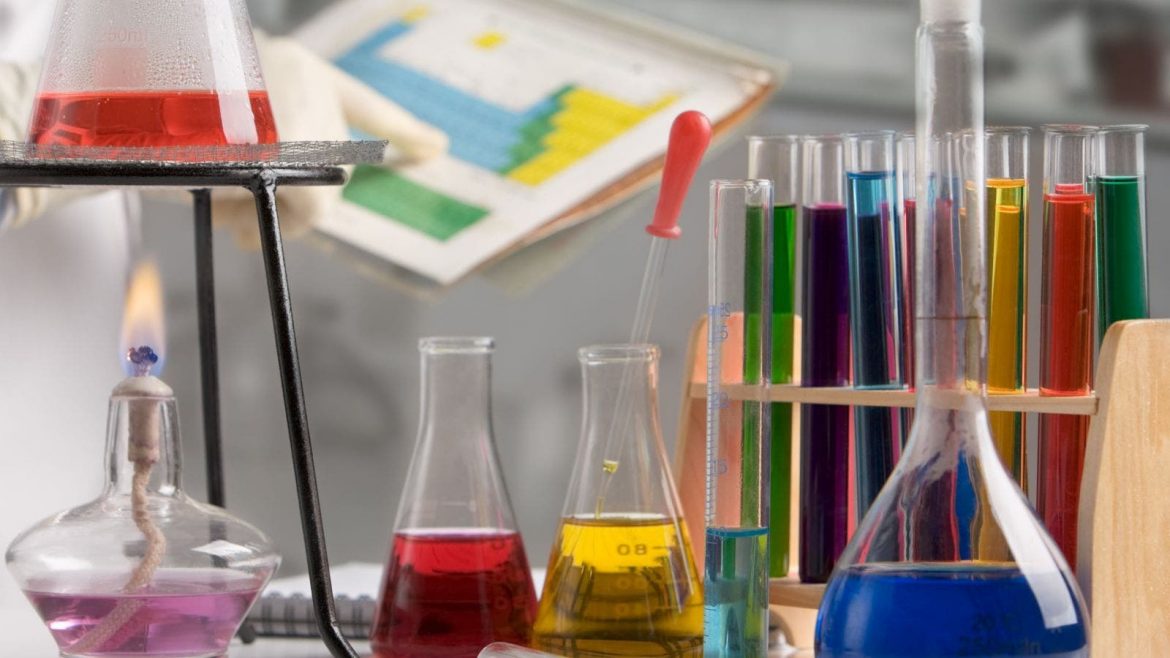Plants are known for their ability to absorb nutrients and water from the soil, but can they also absorb chemicals? The answer is yes, plants can absorb chemicals, and this ability has been harnessed for environmental remediation purposes.
Phytoremediation is a process that uses plants to remove pollutants from soil, water, and air. This process works by taking advantage of the natural ability of plants to absorb and break down chemicals. The chemicals are absorbed by the roots and transported to the leaves, where they are broken down by enzymes and transformed into less harmful substances.
Plants can absorb a wide range of chemicals, including heavy metals, pesticides, and organic compounds. The ability of plants to absorb these chemicals depends on several factors, including the type of plant, the chemical properties of the pollutant, and the environmental conditions.
One of the most commonly used plants for phytoremediation is the sunflower. Sunflowers are known for their ability to absorb heavy metals such as lead, cadmium, and zinc. Other plants that are commonly used for phytoremediation include willows, poplars, and grasses.
Phytoremediation has several advantages over traditional remediation methods. It is a cost-effective and environmentally friendly method that does not require the use of heavy machinery or chemicals. It also has the potential to be used in areas where traditional remediation methods are not feasible, such as in wetlands or areas with limited access.
However, phytoremediation also has its limitations. It is a slow process that may take several years to achieve significant results. It also requires careful monitoring to ensure that the plants are not releasing the pollutants back into the environment.
In conclusion, plants can absorb chemicals, and this ability has been harnessed for environmental remediation purposes. Phytoremediation is a cost-effective and environmentally friendly method that has the potential to be used in areas where traditional remediation methods are not feasible. However, it is a slow process that requires careful monitoring to ensure its effectiveness.

